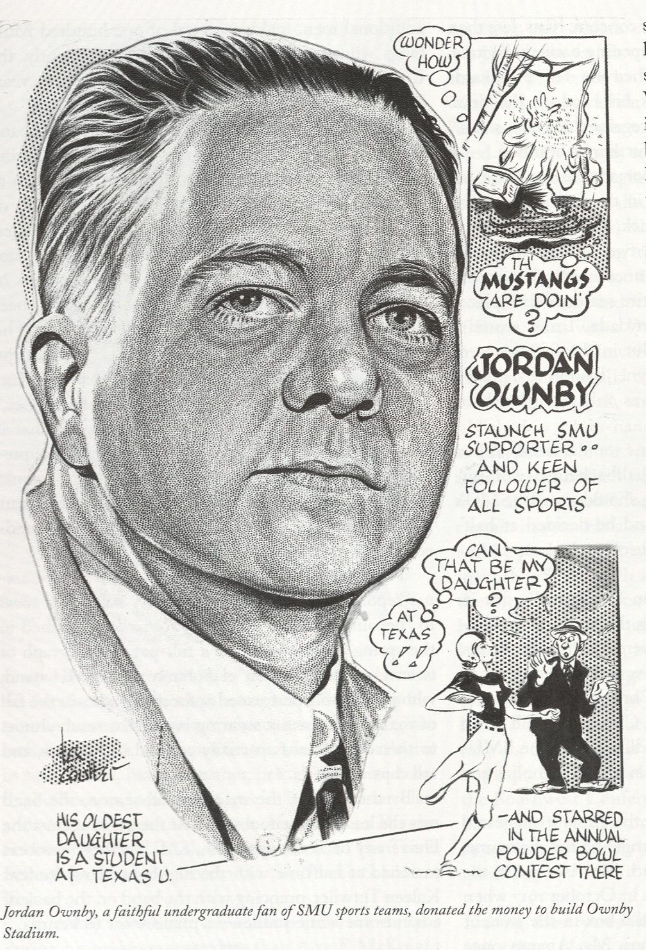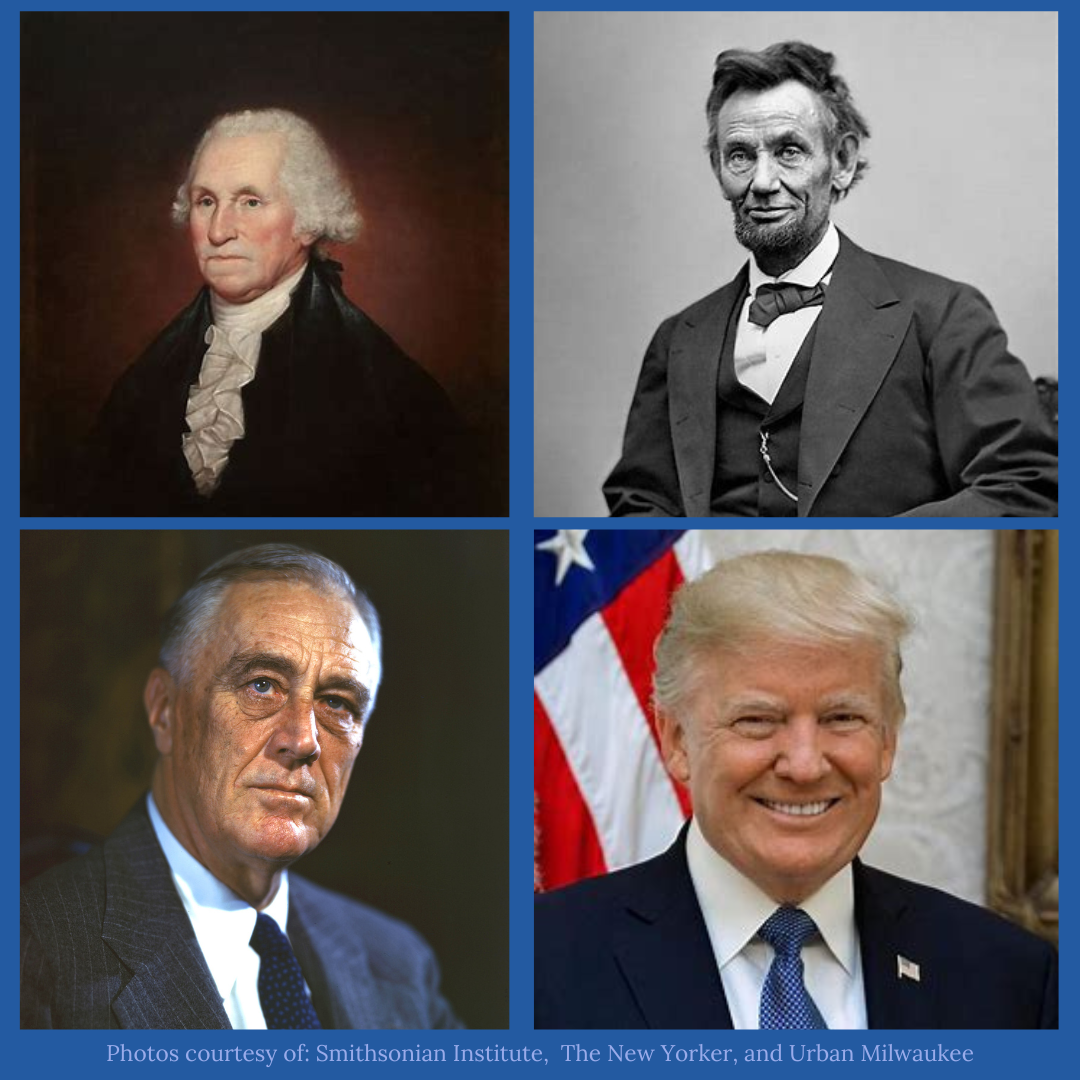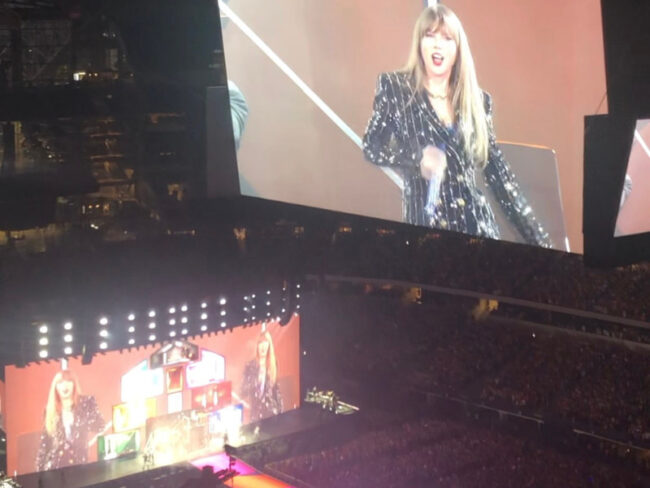Last month, the Museum of Modern Art in New York City opened an exhibit showcasing the work of Cindy Sherman. Sherman’s artwork consists of self-portraits in which she poses in elaborate costumes and makeup, often in front of intricate backgrounds. Her photographs have been described as “one-frame films,” and one of her series consists entirely of photographs that recall old noir, foreign films, or B-movies. Other collections include photos in vulnerable, sexual positions with prosthetic genitals and body parts that immediately replace the beauty of the human form with horror and discomfort. Sherman’s most recent self-portraits target wealthy middle-aged women, who desperately try to overcome age, but clearly fail.
The overall effect of Sherman’s work, at least to me, is a questioning of identity. We go so far to make ourselves appear a certain way. Most of Sherman’s characters are incredibly detailed and obscenely staged, but Sherman usually allows the viewer to see right through them. For example, the hypersexualized women are horrifying, rather than attractive. The middle-aged dames, for all their attempts to cover their age, instead accentuate the years that they try to hide.
Sherman has a point. We often attempt to create a persona that is not our own. In the Republican primaries, Romney tried his best to appeal to the southern states. At a NASCAR race, Romney was asked if he follows the races. He replied, “not as closely as some of the most ardent fans, but I have some great friends who are NASCAR team owners.” Oops. I don’t think average NASCAR fans would be friends with team owners.
In another speech, Romney began with, “Mornin’ y’all!” and continued to talk about his southern breakfast of bacon and “cheesy grits.” Romney is to southern as Velveeta is to cheese; both Romney and Velveeta can mimic the real thing, but it takes a lot of artificial ingredients and manufacturing to make a poor substitute for the original product.
But the other candidates played their parts too. Santorum, who grew up in Pennsylvania, suddenly developed a habit of dropping the Gs on words like helpin’ and hostin’. Meanwhile, Gingrich talked about how important grits are and made fun of small, environmentally friendly cars. He also joked that you can’t fit a gun rack in a Volt.
But perhaps Romney is on the right track in valuing his appearance. Consciously or unconsciously, we value outer looks far more than we care to admit. In 2005, Princeton researchers showed test participants black and white headshots of the candidates in 95 senate races from 2000, 2002 and 2004. If the participant recognized either of the candidates, the researchers moved on to the next pair of pictures. Participants were asked to choose the winner based solely on the headshots.
Surprisingly, the participants were able to accurately guess the results of the election in 71.6 percent of the races on average. Follow up studies have revealed similar results in more recent senate and gubernatorial races. In addition, taller candidates have a higher likelihood of winning an election. Taller people also tend to make more money, as do more handsome people.
But some issues, like the race of a candidate, are so obvious to voters that they make us uncomfortably aware. In my opinion, the minority (but still widespread and ongoing) accusations that Obama is not a citizen, is Muslim and is a Socialist are indicative of deep-seated white fear of a black man holding America’s highest office. No other U.S. presidents have faced such irrational, false, and outrageous rumors, with the possible exception of Kennedy, our first Catholic president.
Whether voters recognize their bias or not, voter bias has been prevalent enough to warrant a flurry of research on the subject, particularly in the late 20th century. In California’s 1982 gubernatorial race, the black mayor of Los Angeles, Tom Bradley, was predicted to comfortably defeat his white opponent, George Deukmejian, based on the poll results before the election. To the surprise of many, Bradley narrowly lost the race. Subsequent elections at various levels of government have repeated the trend, sparking research into the phenomenon.
Today, we call this result the Bradley effect. Some political scientists postulate that polled voters are more likely to say that they would vote for the minority candidate out of fear that they would appear racist or not politically correct otherwise. Then, when the voters actually get to the polls, a majority of undecided voters choose the white candidate and some voters switch to the white candidate.
Even if we do not want to admit our visual bias, it would seem Sherman has a point. We justly place a high value our appearance, but sometimes, as evidenced Romney’s “southern” guise, we fail to fully hide our authentic selves. Perhaps we should reexamine everything from the way we dress to what we say and how we vote. What exactly are we trying to hide anyway?
Paul is the Opinion Editor. He is a junior majoring in voice performance.












